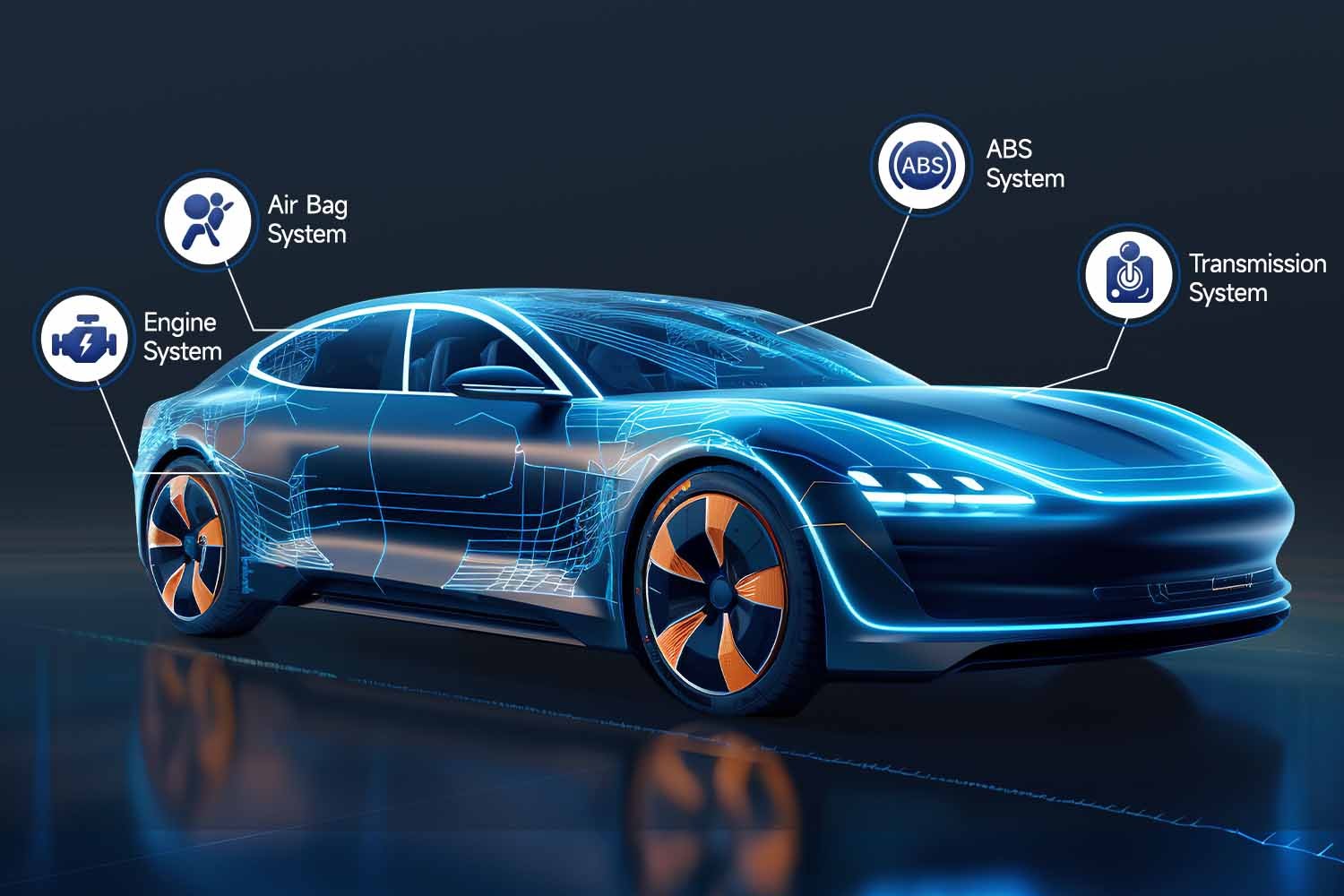Resetting your car’s Engine Control Unit (ECU) can sometimes be necessary to resolve performance issues or clear persistent error codes. Many car owners wonder if they can Reset Ecu With Obd2. This guide will provide a detailed walkthrough on how to reset ECU with an OBD2 scanner, outlining the necessary tools, procedures, potential risks, and alternative solutions.
Can You Reset Your ECU with an OBD2 Scanner?
While it’s possible to reset ECU with OBD2, not all OBD2 scanners possess this capability. Basic OBD2 scanners primarily read and clear error codes, which helps in diagnosing problems but doesn’t facilitate an ECU reset. Resetting the ECU requires a scanner with advanced functionalities specifically designed for this purpose. Using the wrong tool can lead to incomplete resets or potentially damage the vehicle’s electronic systems.
Choosing the Right OBD2 Scanner for ECU Reset
To effectively reset your ECU, your OBD2 scanner needs specific features:
- Advanced Diagnostic Capabilities: The scanner should access various vehicle systems beyond the engine, including transmission, ABS, and airbag systems, enabling interaction with the ECU for a comprehensive reset.
- Bi-Directional Control: This crucial feature allows the scanner to send commands to the car’s systems, initiating the ECU reset. Without bi-directional control, a proper reset isn’t possible.
- Wide Vehicle Compatibility: ECU communication protocols vary among manufacturers. Ensure your scanner supports your specific vehicle’s make and model.
- User-Friendly Interface: An intuitive interface simplifies navigation, especially for non-professionals, minimizing errors during the reset process.
- Updatable Software: Regular software updates ensure compatibility with newer vehicles and their evolving ECU systems.
Resetting Your ECU with an OBD2 Scanner: Step-by-Step Guide
Using a compatible OBD2 scanner like the Foxwell NT909 simplifies the ECU reset process:
-
Connect the Scanner: Locate your car’s OBD2 port (usually under the dashboard on the driver’s side) and connect the Foxwell NT909.
-
Turn on the Ignition: Turn the ignition to the “on” position without starting the engine. The NT909 will power on automatically.
-
Navigate to the Reset Function: Using the touchscreen, select “ECU Reset” or “Clear All Data.”
-
Follow the Prompts: The on-screen instructions will guide you through the confirmation process.
-
Wait for Completion: The NT909 will complete the reset in a few minutes and notify you when finished.
The Foxwell NT909 provides real-time data, advanced diagnostics, and bi-directional control, making it a versatile tool for various vehicle diagnostics beyond ECU resets.
Potential Risks of Resetting Your ECU
While resetting the ECU can be beneficial, it carries potential risks:
- Loss of Adaptive Learning Data: The ECU stores learned data about your driving habits and vehicle performance. Resetting erases this data, requiring the ECU to relearn, potentially affecting initial performance.
- Masking Underlying Issues: Resetting might temporarily clear fault codes without addressing the root cause of mechanical or sensor problems, leading to recurring issues.
- Data Corruption: Power loss or connection interruptions during the reset can corrupt the ECU, requiring professional intervention.
Alternative Solutions to ECU Reset
If you’re hesitant about resetting the ECU yourself, consider these alternatives:
- Professional Mechanic: A mechanic possesses the expertise and tools to perform a safe and accurate ECU reset.
- Dealer-Level Diagnostic Tool: These tools offer comprehensive system access and precise ECU reset capabilities but are typically more expensive.
- Battery Disconnection: Disconnecting the car battery for a period can reset the ECU, but it’s a less precise method and might not solve underlying problems.
- ECU Reflash: This involves updating the ECU’s software by a specialist, often a better solution for persistent issues or performance optimization.
Conclusion
Resetting your ECU with an OBD2 scanner is achievable with the right tools and knowledge. However, understanding the process, potential risks, and alternatives is crucial. If you lack experience or are concerned about potential complications, seeking professional assistance or exploring alternative solutions is recommended. A well-informed decision ensures the optimal performance and health of your vehicle.

